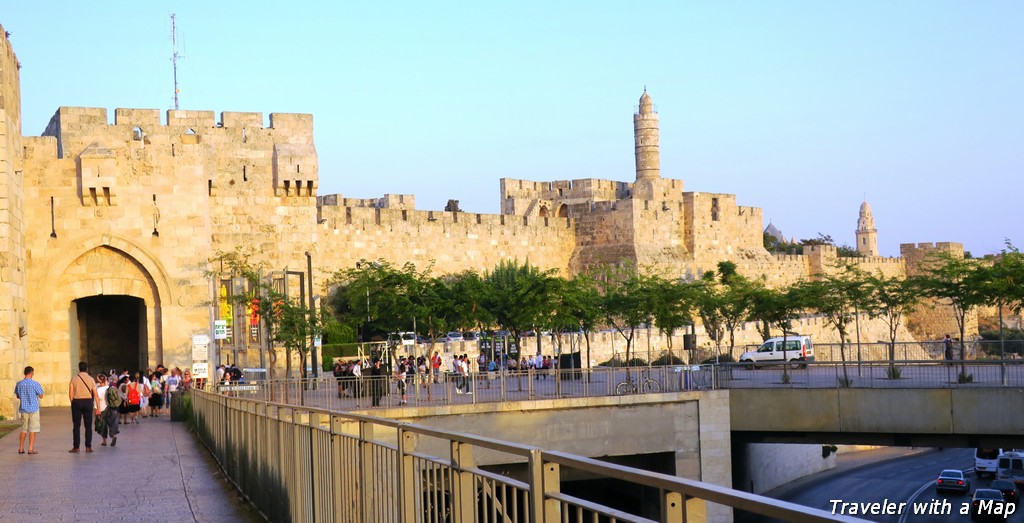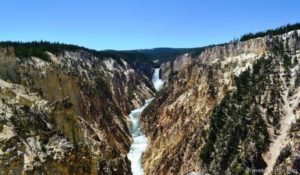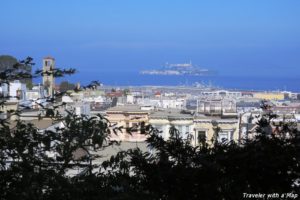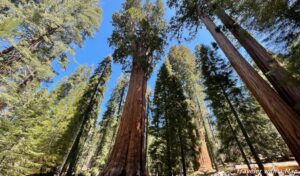Jerusalem - a melting pot
Jerusalem is a melting pot of religions and cultures. One of the oldest and holiest cities in the world, Jerusalem has been fought over for millennia. Even today, as the conflict persists, you are going to see armed soldiers everywhere. Despite it, Jerusalem will amaze you with its unique atmosphere, a plethora of historic and religious sights, and its delicious food. A visit to this historic city is fascinating and to do it justice, you’d need to spend weeks here. I only spent three and a half days in Jerusalem, so I’m sure my list is not exhaustive. Nevertheless, here are the top historic sites to see in Jerusalem.
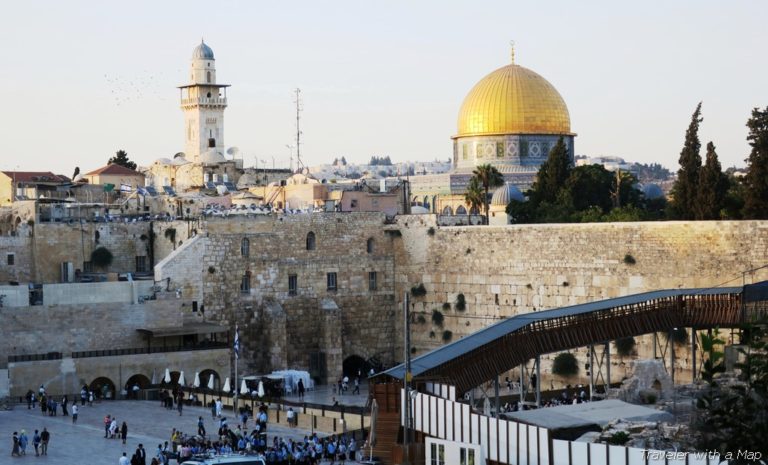
A quick word about the city's layout
Before I discuss the top historic sites to see in Jerusalem, I’d like to say a few words about the Old City’s layout. First of all, old Jerusalem is just a small area within the modern city of Jerusalem, entirely surrounded by walls. Currently, there are seven open gates that lead you into the old city – the Jaffa Gate and the Damascus Gate being the most utilized. Old Jerusalem is divided into four quarters: the Muslim Quarter, the Christian Quarter, the Jewish Quarter, and the Armenian Quarter. All of them are interesting and certainly worth visiting. Inside the Old City, you will be faced with a labyrinth of narrow streets and alleyways. It is actually not easy to follow a map. Instead, look at the signs on the buildings. They will direct you to the most important sights of Jerusalem.
Historic sites to see in Jerusalem
The things I am going to recommend are located inside as well as outside of the walls of the Old City of Jerusalem. Walking is the best way to access sights within Old Jerusalem. However, to venture outside to Mount of Olives or Zion, you can definitely take a taxi.
The Church of the Hole Sepulchre
The Church of the Holy Sepulchre is considered to be of particular importance and veneration to Christians. It is a place where Jesus was crucified, buried, and resurrected. Not surprisingly, hundreds of pilgrims come here every day to pray at the tomb of Jesus. You can, however, still avoid the crowds if you go early in the morning or about an hour before the church closes. The church itself is controlled by different Christian denominations and when inside you will see Catholic, Greek Orthodox, and Armenian Orthodox influences. There are many different chapels and worship places inside the massive church with the most important listed below:
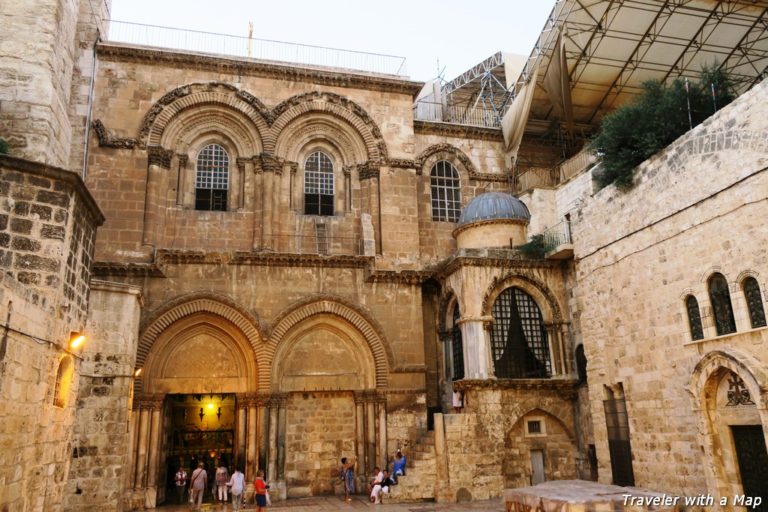
* Stone of Anointing
Immediately after entering the church, you will see the Stone of Anointing. Christians believe that the stone was used to prepare Jesus’ body for burial. A beautiful mural is painted right above it.
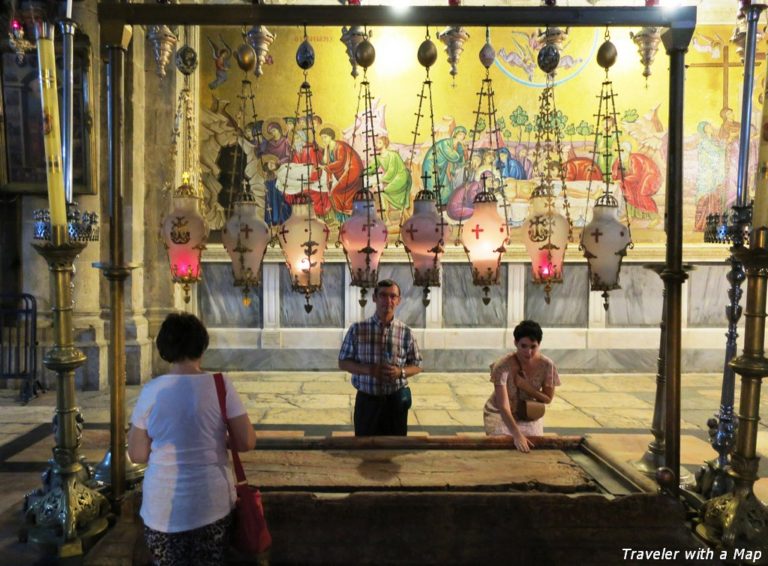
* Calvary (Golgotha)
To the right of the Stone of Anointing, a staircase will take you to Calvary, the place of Jesus’ crucifixion. You will see two chapels there with a Catholic altar in between. The beautifully ornate Greek Orthodox chapel is the place of the XII Station of the Cross (Jesus dies on the cross). Right underneath the altar lies the Rock of Calvary, the place where Jesus’ cross stood. You can actually touch the rock through a little opening. The Catholic chapel commemorates the XI Station (Jesus is nailed to the cross), while the altar in the middle represents the XIII Station (Jesus is taken down from the cross). Once again, if you come early, you will be able to visit this area without others. If you come during a busy time, be prepared for a long line.
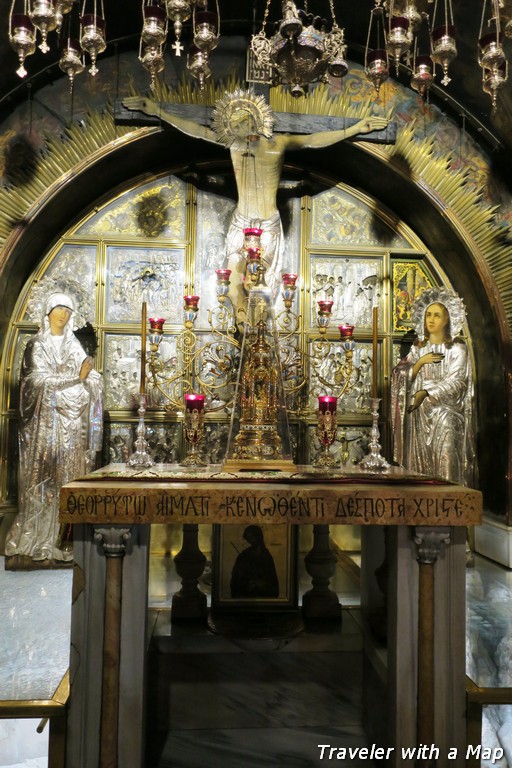
* The Tomb of Christ
Undoubtedly, the holiest of places for Christians, the tomb of Jesus is located inside the Rotunda on the main level of the church. The Rotunda houses two chambers. The first chamber contains a piece of the stone that was used to seal Jesus’ tomb. A low narrow door leads to the second, smaller chamber with the tomb of Jesus. This is also the XIV Station of the cross (Jesus is laid in the tomb). Typically, two or three people are able to fit in the chamber. You are allowed a moment inside for a quick prayer but because of the long lines you are not able to stay for long. Pictures inside are not allowed. Greek Orthodox priests stand outside and control admission to the tomb chamber.
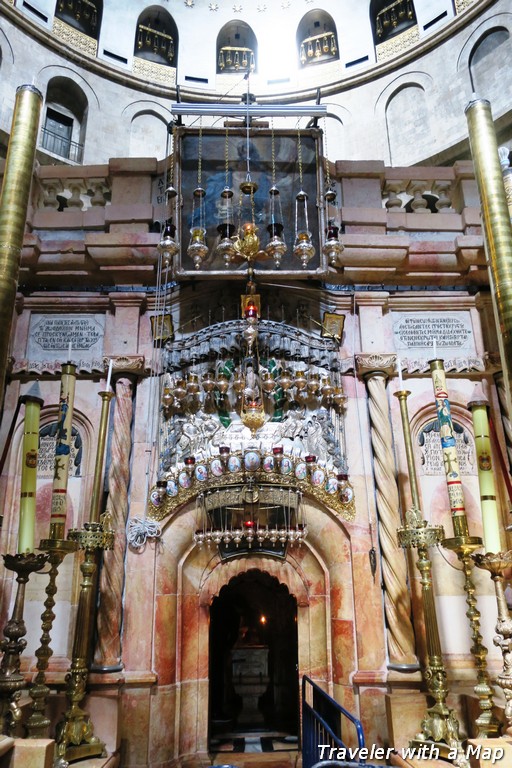
The Western Wall
The Western Wall also known as the Wailing Wall is the most sacred site for the Jewish people. It was built during king Herod’s times as an extension of the Second Jewish Temple, which sat at the Temple Mount. Jews from around the world come to Jerusalem to pray at the Western Wall. Some write their prayers on pieces of paper and leave them in the wall’s crevices. The wall is divided into two sections – one for men and one for women. Anyone can visit the wall but non- Jewish men will be given a kippah (a skullcap) to cover their heads. Women should be modestly dressed and have their knees and shoulders covered. You will also encounter purification taps on the plaza. At first, they may seem to be taps with drinking water. They are there, however, for the Jewish people to wash their hands before prayer.
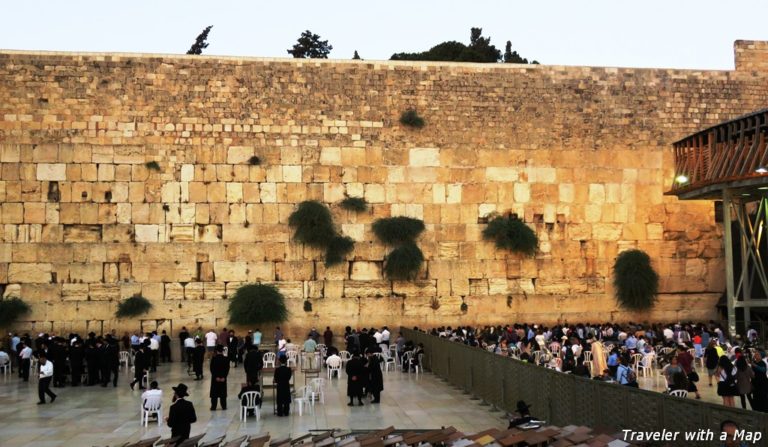
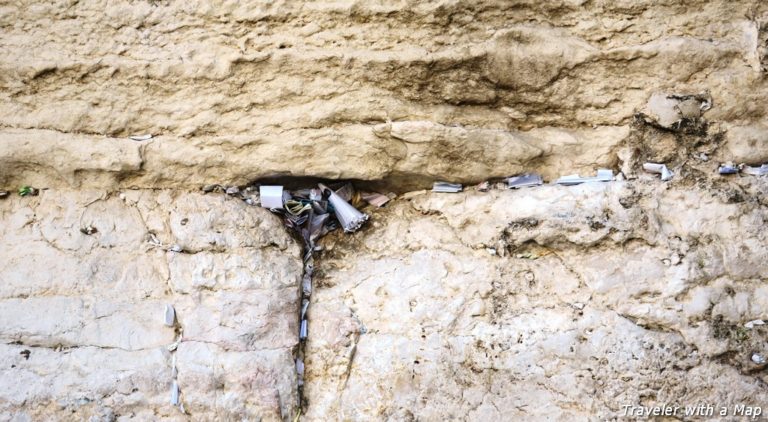
The Temple Mount and the Dome of the Rock
Another thing you’re going to want to visit in the Old City of Jerusalem is the Temple Mount and the Dome of the Rock. The Temple Mount is a hill on which the Dome of the Rock as well as the Al-Aqsa Mosque are located. The Muslims believe that the rock on which the shrine sits marks the location of the Prophet Muhammad’s ascension into heaven. Non- Muslims cannot go inside, so we weren’t able to see its interior. Yet, strolling through the magnificent plaza was an unforgettable experience. The Dome of the Rock is truly spectacular. Basically octagonal in shape, the building is decorated with a dazzling golden dome. Beautiful blue tile mosaic decorates the exterior of the building, while quotes from the Quran are inscribed below the dome. Again, if you come early, you are likely going to have the place to yourself. Remember that the Temple Mount is closed on Fridays and Saturdays. In order to enter the Temple Mount, you will need to go through security, not an unusual procedure in Jerusalem. Although nobody checked our passports, we read that it was recommended to have them on you. Double check ahead of time to stay current on regulations.
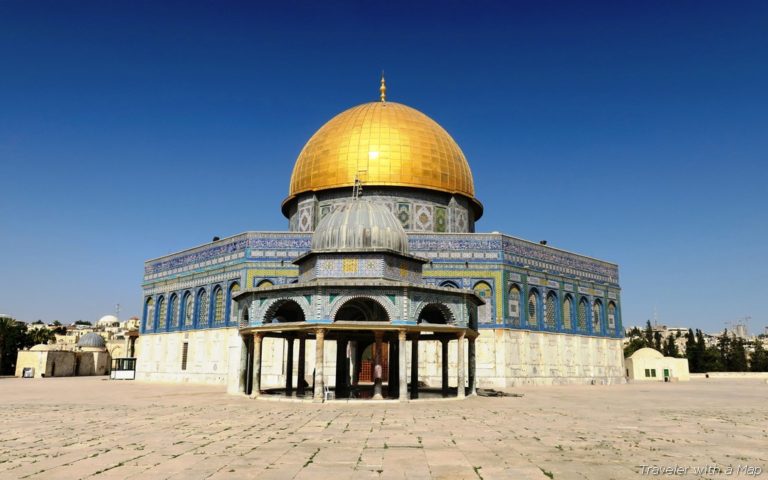
Via Dolorosa
Many Christians who come to Jerusalem walk the Via Dolorosa route, which commemorates the journey Jesus took carrying his cross all the way to Golgotha. Along this winding route the faithful stop and pray along 14 markers known as the Stations of the Cross. Via Dolorosa starts near the Lion’s Gate in the Muslim Quarter and takes you through busy, noisy, yet colorful streets to the Church of the Holy Sepulchre where the last 5 Stations of the Cross are located. Each Station of the Cross is marked with a plaque and some stations have adjoining little chapels.
Shortly after starting Via Dolorosa, you will come upon a point of interest – the Church of Saint Anne, which is believed to be the birth place of Mary, mother of Jesus. The current Via Dolorosa is unlikely to have been the exact route that Jesus traveled. Yet, for over two centuries, it has been recognized as the devotional route for the faithful. If you’re here on a Friday, you can actually join a procession organized by the Franciscans. Otherwise, make sure to have a map as finding all of the stations might be a bit challenging without it.
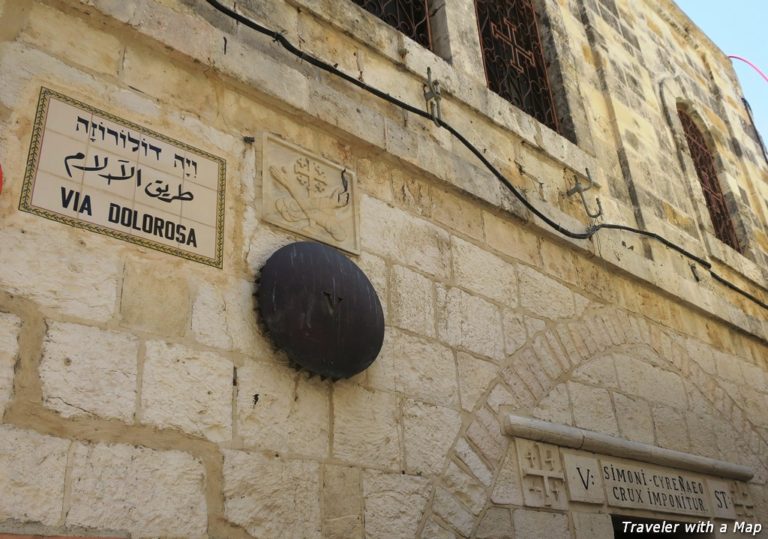
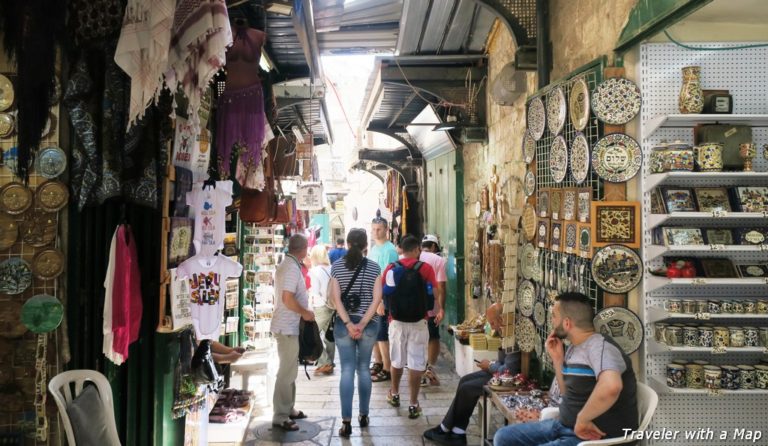
Mount Zion
Mount Zion is certainly among the top things to see in Jerusalem. You can walk up there from the Armenian Quarter by heading south and then going outside of the Old City walls through the Zion Gate. It is an uphill hike, however, so if you are not up to it, it might be better to take a taxi. There are several important sites on Mount Zion definitely worth checking out:
* Dormition Abbey
The Dormition (Assumption) Abbey is a beautiful Benedictine church visible from many spots in the city. The dormition is believed to be the place where the Virgin Mary “fell asleep”. Take a staircase downstairs and you will see a life – size statue of Mary sleeping. Lots of pilgrims come here, so there may be lines to get to the crypt. We were here in the late afternoon and, luckily, most buses with tourists had already left.
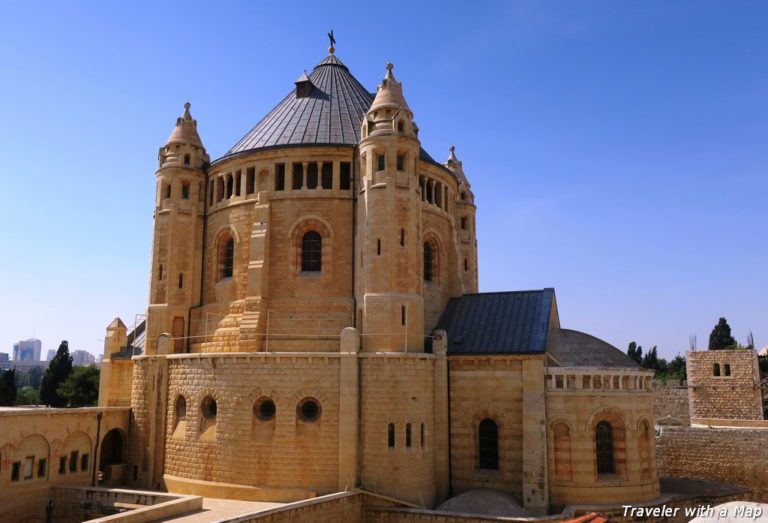
* Room of the Last Supper
The Room of the Last Supper is located on the upper level of King David’s Tomb Compound. It is believed to be where Jesus ate the last supper with the apostles.
* King David's Tomb
Directly below the Room of the Last Supper is the Tomb of David, a place venerated by the Jewish people. The area is divided into two sections, one for men and one for women. Outside the building, there is a beautiful statue of King David playing a harp.
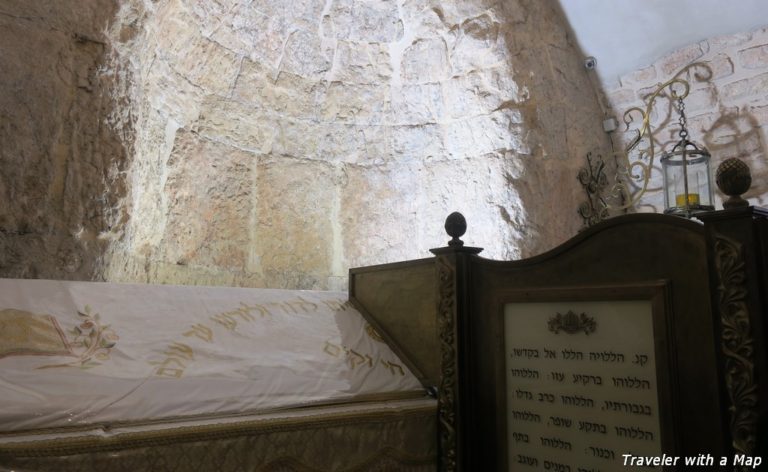
* Church of St. Peter in Gallicantu
If you walk to the eastern slopes of Mount Zion you will find a lovely church of St. Peter in Gallicantu. The church commemorates the location where Peter rejected Jesus three times. The symbolic rooster (cock) decorates one of its domes. Interestingly, the church most likely sits on the previous location of the palace of the high priest Caiaphas.
Mount of Olives
Similarly to Mount Zion, Mount of Olives sits outside of the city walls. It is located just to the west of the Lion’s Gate in the Muslim Quarter. While it can be reached on foot, it definitely seemed like an effort to us. Particularly, since we were here in the middle of the summer. So, to save energy after having already visited Bethlehem that day, we caught a taxi by the Damascus Gate and after about 15 minutes we were at the top. What a beautiful panorama of the Old City opened up before us! In fact, Mount of Olives is one of the best places to come to for amazing views of the historic city of Jerusalem. You can clearly see the city walls and the beautiful towering golden Dome of the Rock. You can also see the olive trees in the garden of Gethsemane at the foot of the hill as well as the onion-shaped domes of the Russian Orthodox church of Mary Magdalene. Even if you are not interested in visiting the religious sites associated with the Mount of Olives or pondering the biblical references, make sure to come here for the views. You won’t be disappointed. If you are up to it, here is what Mount of Olives has to offer:
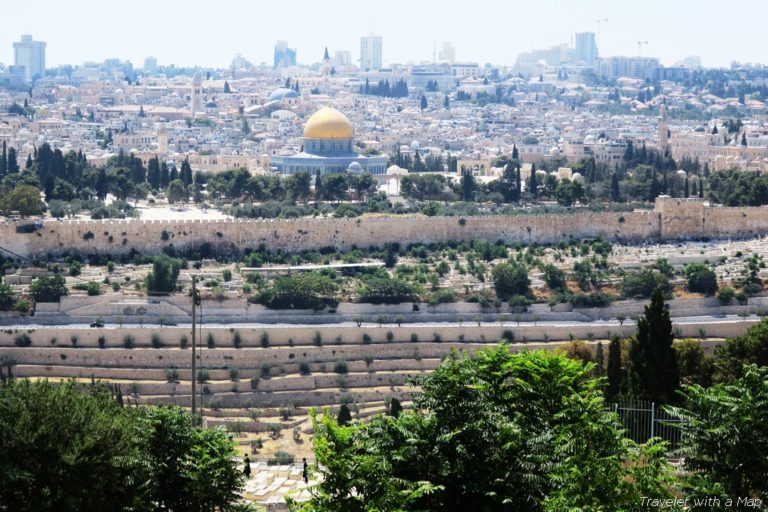
* Mount of Olives Jewish Cemetery
The Jewish Cemetery stretches on the western slopes of the hill. In fact, it is the oldest Jewish cemetery, dating back 3,000 years. Many Jews believe that Mount of Olives is where the Resurrection of the Dead will begin and therefore, if they are buried here, they will be the first in line to be resurrected. Not surprisingly, the burial plots are quite expensive. Many rabbis and political figures are buried here.
* Dome of the Ascension
To be honest, I really liked the little octagonal structure which is now part of a mosque. The shrine is believed to be the place from which Jesus ascended into heaven, so not surprisingly, many Christians visit the spot. There is supposedly an imprint of Jesus’ right foot in the stone on the ground, marking his last step before he was taken into heaven.
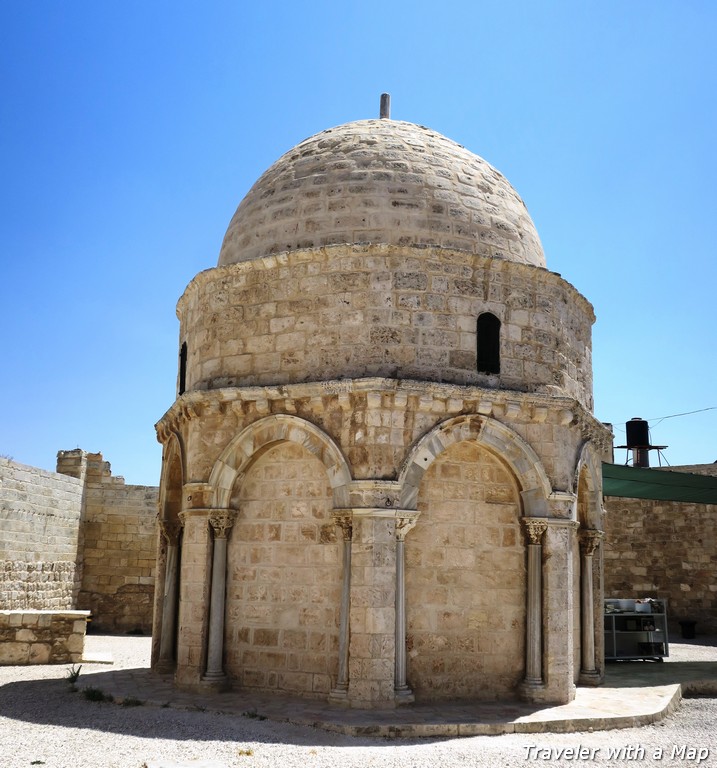
* The Church of the Pater Noster
Another site to see on Mount Olives is the lovely church of Pater Noster. You need to pay an entrance fee but if you do it’s fun to look at the words of the Lord’s Prayer inscribed onto beautiful ceramic tiles in 140 languages.
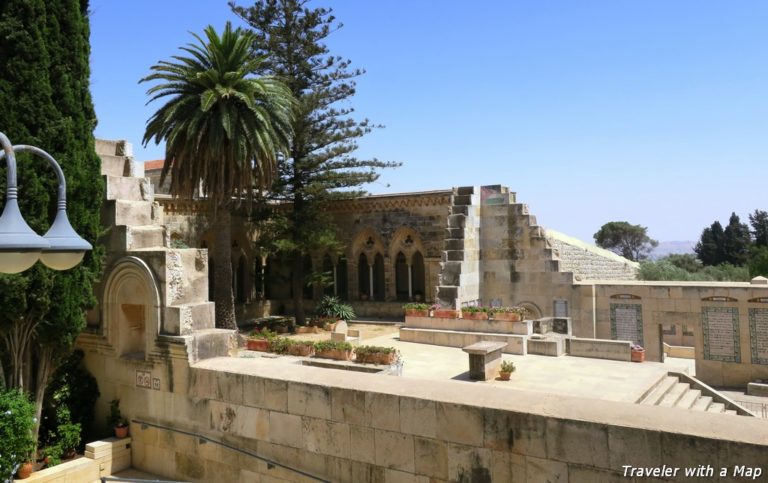
* Garden of Gethsemane
The Garden of Gethsemane is also known as the Olive Garden. It is here where Jesus prayed the night before his betrayal and arrest. Some of the olive trees are believed to date back to the times of Jesus. Nearby, you can visit the Church of All Nations as well as Mary’s Tomb.
The Cardo
Once in the Jewish Quarter, make sure to visit the Cardo, a reconstructed main street from the Roman times. Several Corinthian columns that once lined the streets have been excavated, offering a glimpse into what Jerusalem looked like during the Byzantine era. A lovely mural depicts a day at the market in the ancient cardo.
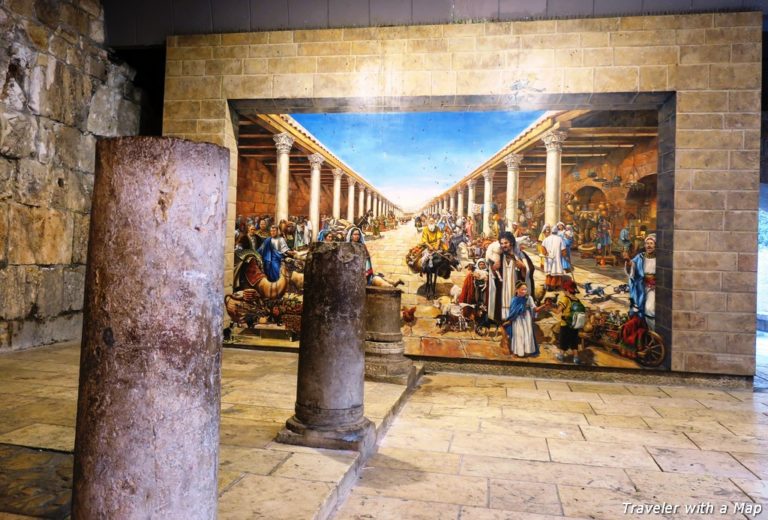
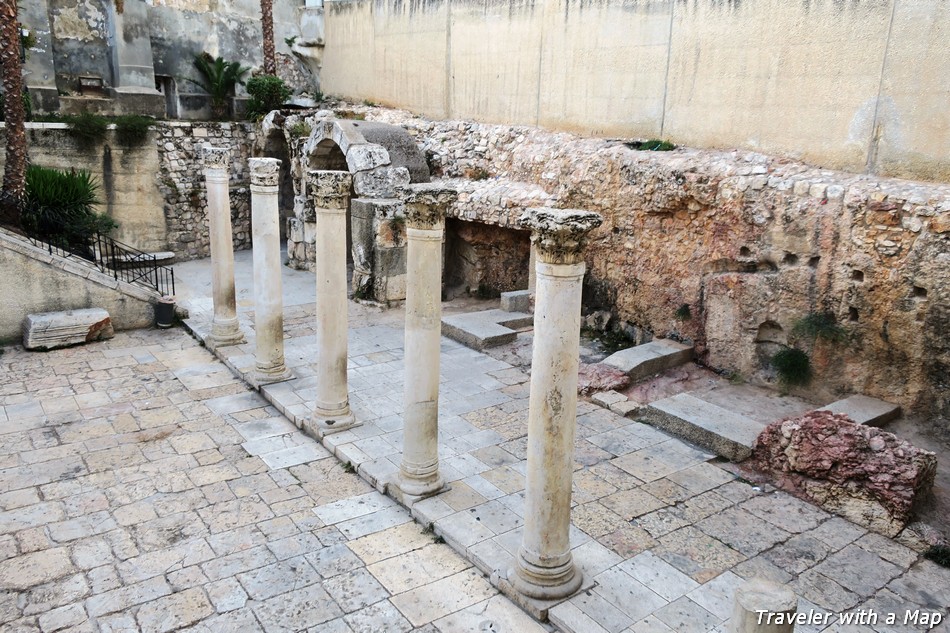
The Tower of David
Although we didn’t have enough time to visit the Tower of David, our hotel was right across the street from it. So, we were fortunate to at least get a glimpse into the ancient citadel. The history of the place is quite colorful. Many people, however, falsely believe that the fortress goes back to the times of King David. The truth is that the citadel was built centuries after his death.
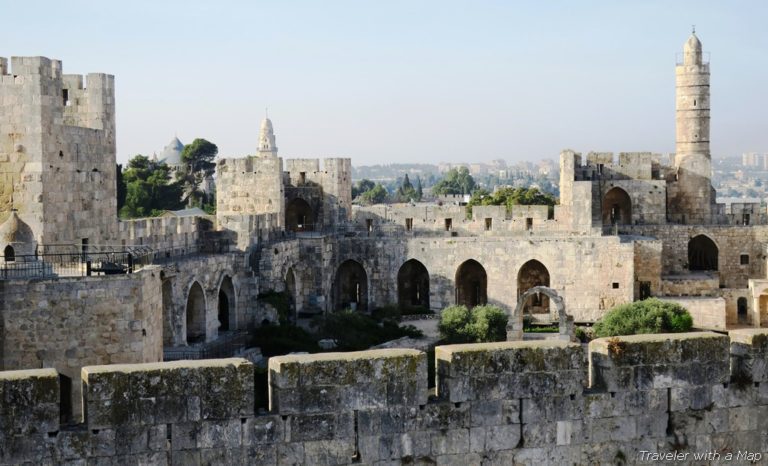
Mamilla
Mamilla is the modern area of Jerusalem basically right outside the Jaffa Gate. Although distance – wise so close to the Old City, it represents a totally modern world. After days of sightseeing and navigating a labyrinth of narrow streets of Old Jerusalem, it’s actually nice to stroll along Mamilla’s streets lined with shops and restaurants. An alfresco dinner is also very pleasant here.
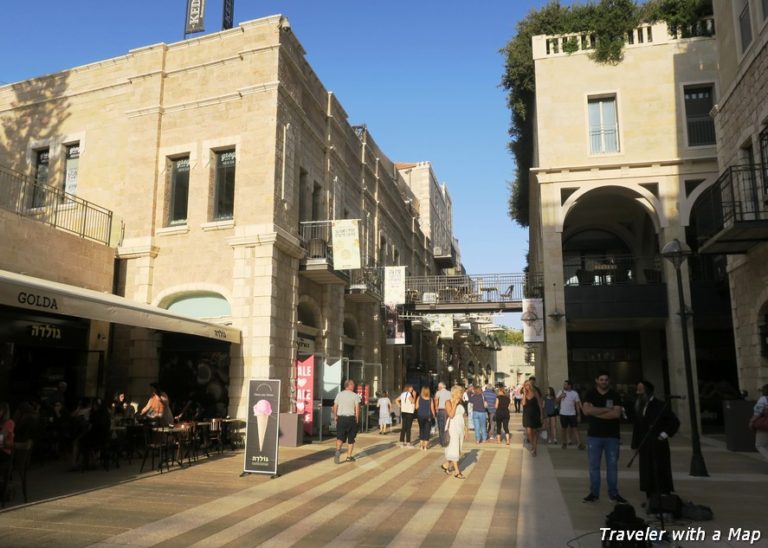
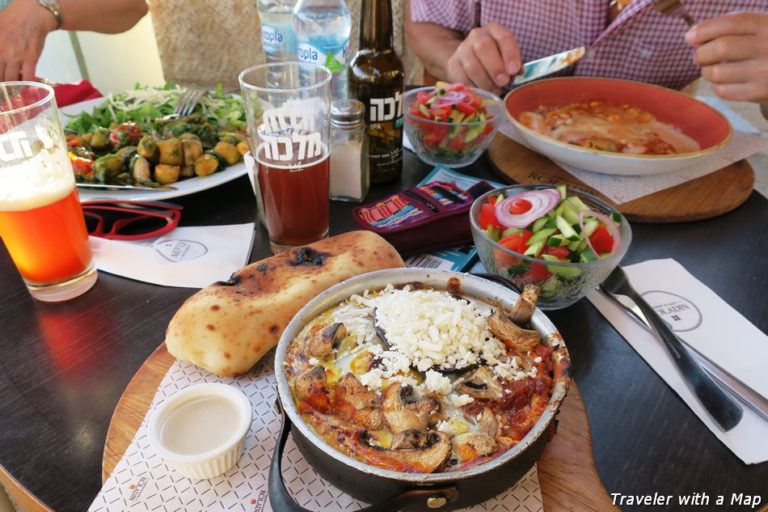
Other places to visit in Israel
Israel offers a lot of interesting places to visit. Click on the links below to learn more:
